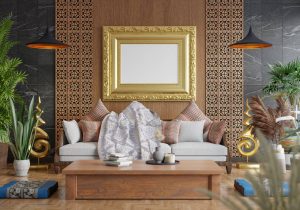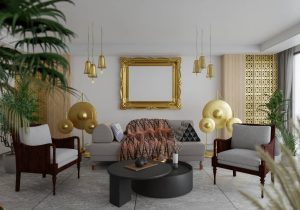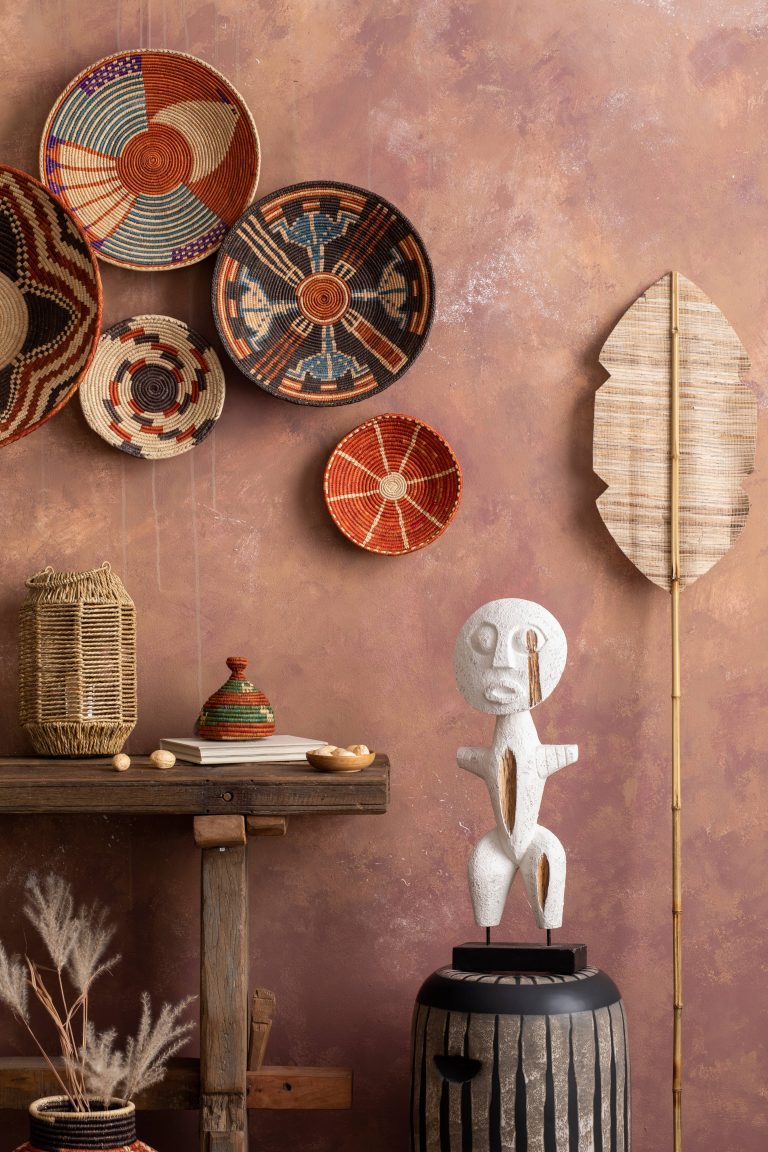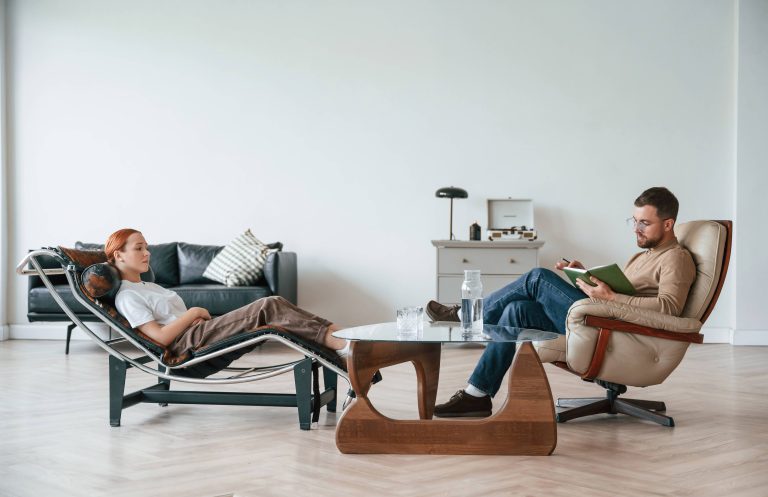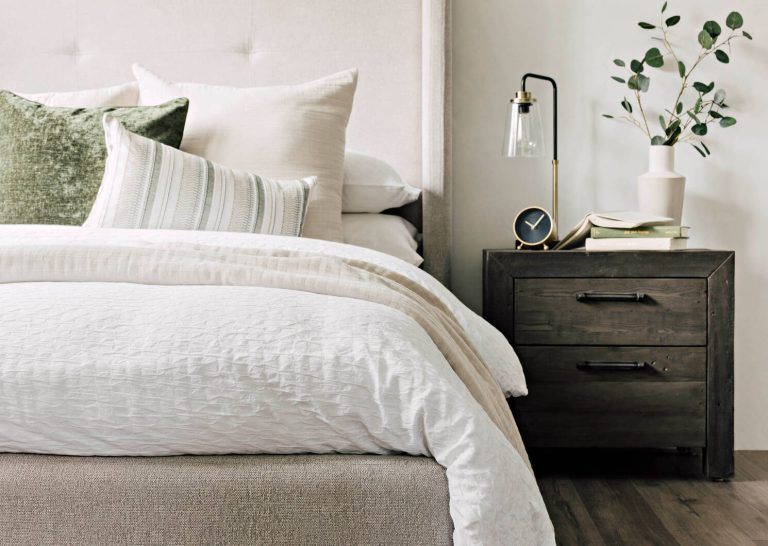
When we talk about home décor, we often think about colors, textures, and the latest design trends. However, one key element that frequently gets overlooked is the significance of furniture arrangement. As a central aspect of interior design, arranging furniture effectively can transform your space, enhance its functionality, and reflect your personal style. So why is furniture arrangement so crucial? Let’s delve into the importance of how your furniture is positioned in creating the perfect living environment.
Creating Functional Spaces
The primary purpose of arranging furniture is to create spaces that serve the specific function they’re intended for. A room needs to be arranged to allow movement and comfort for anyone using it. For instance, a living room serves multiple functions—entertainment, relaxation, conversation, and sometimes work. The way you arrange your sofa, chairs, and tables should promote easy access and use for these activities. Placing seating in a circular or semi-circular layout can encourage conversation, while a straight layout may be better suited for viewing a television.
In the dining room, the table should be central and have enough space around it to allow people to comfortably get in and out of their seats. In a bedroom, your bed—often the largest piece of furniture—should be positioned for optimal comfort and accessibility, usually against the longest wall. Arranging furniture with functionality in mind ensures your home serves you, rather than the other way around.
Enhancing Visual Appeal
Arrangement is as much about aesthetics as it is about function. Just like a well-composed photograph, a room with a thoughtfully arranged layout is visually pleasing. Balance is a critical aspect of visual appeal—no side of the room should feel heavier with furniture than another. Symmetry can often create a harmonious look, such as a pair of chairs flanking a fireplace or matching nightstands on either side of the bed. However, asymmetrical designs can also provide visual interest and are particularly popular in modern and eclectic styles.
Additionally, consider the focal point of each room. This could be a substantial fireplace, a large window with a view, or a statement piece of furniture. Arrange furniture in a way that accentuates and directs attention towards this focal point to create a cohesive, purposeful look.
Maximizing Space Utilization
For those living in smaller homes or apartments, strategic furniture arrangement is essential to making the most of limited space. The goal is to enhance the sense of openness and ensure that every square foot is used efficiently. Multi-functional furniture, such as fold-out tables or storage ottomans, can be lifesavers, providing utility without consuming unnecessary floor space.
Moreover, arranging furniture against walls and opting for smaller pieces can make a room feel larger. Keep pathways clear and ensure that there is ample space to move around. Elevate your sight lines by incorporating taller furniture items like bookshelves to draw the eye upwards, creating the illusion of space.
Reflecting Personal Style
Beyond functionality and aesthetics, the way furniture is arranged in your home can express your personality and taste. Your choice of furniture, along with how it is positioned, communicates what you value—whether it’s comfort, cultural influences, or modernity. For example, a minimalist might choose sleek, modern furniture with simple lines, sparingly placed to reflect order and simplicity. Meanwhile, someone with a more eclectic taste might blend various styles, through a mix of vintage and contemporary pieces placed, seemingly haphazardly, to reflect a sense of adventure and individuality.
Personal touches can also come from the way furniture complements or contrasts with accessories and décor elements like rugs, curtains, and art. By reflecting your individuality through furniture arrangement, you can create a home that feels uniquely yours.
Accommodating Change
Life is dynamic, and so are our homes. Changing seasons, growing families, or simply the desire for a fresh look can necessitate changes in furniture arrangement. A well-considered furniture layout allows for adaptability. Keeping core elements like the major furniture pieces stable while allowing smaller decorative items to shift with ease can make transitions smoother. This adaptability ensures that your home remains not just a place to live, but a living, breathing space that evolves with you.
Encouraging Social Interaction
Finally, the way your furniture is arranged can significantly impact social interactions within your home. A well-arranged room can facilitate conversation and connection. In a living room, angling furniture towards each other naturally invites interaction. In contrast, isolated or distant seating can create barriers between people. Think of spaces where people gather—living rooms, dining areas, even kitchens. Furniture arrangement that promotes closeness can enhance the community aspect of your home.
Conclusion
Furniture arrangement is so much more than just about placing pieces within a room. It involves a delicate balance of functionality, aesthetics, space management, personal expression, adaptability, and social facilitation. When done thoughtfully, it has the power to transform your home into a space that is not just lived in, but truly inhabitable. Whether you are rearranging your existing furniture or moving into a new home, consider how each piece contributes to the overall feel and usability of your space. In doing so, you’ll unlock the true potential of your home, making it not just a place to be, but a reflection of who you are.



